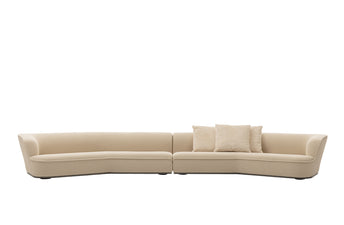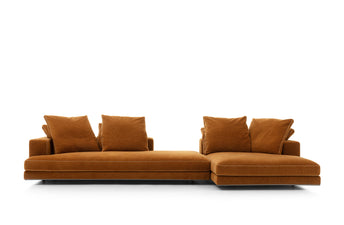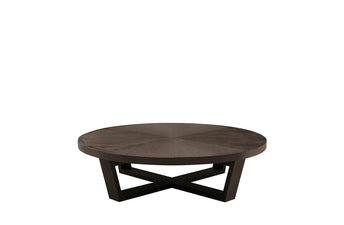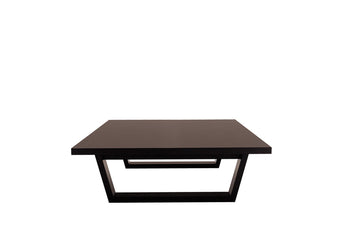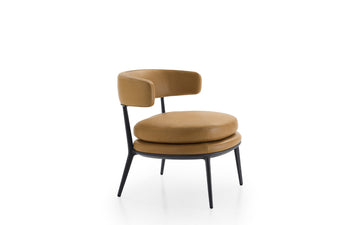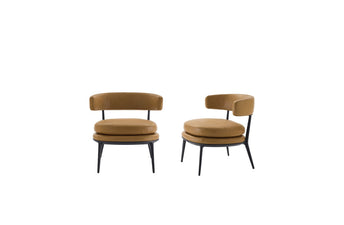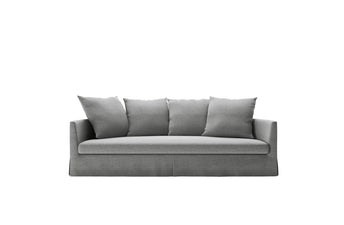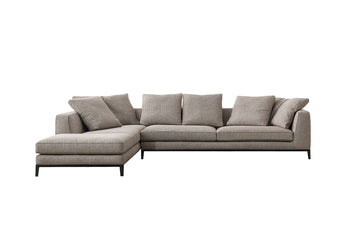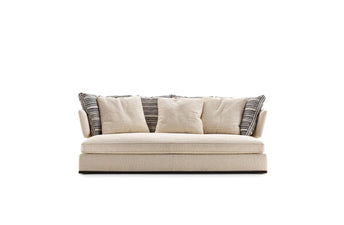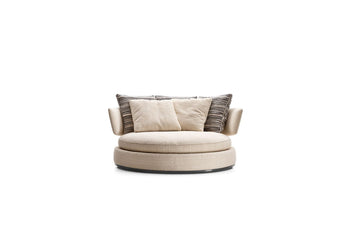Singular vision: The legacy of Maxalto
With a design legacy spanning more than 40 years, Maxalto believes in the power of a single creative mind. The name says it all. Derived from ‘massa alto’, Italian for ‘the highest’, Maxalto is a brand that has always put quality and stylistic longevity first, writes David Harrison.
Italy in the 1970s was a hotbed of ideas and innovation across architecture, design, and manufacturing; from cars to helicopters and domestic goods like televisions, lighting, and furniture, Italy had become the global home of design. Brands like Brionvega, Flos, and B&B Italia were prolific innovators and risk-takers, striving to push the boundaries of design and to expand their product offering.
Characterised by the sinuous, organic-inspired lines Lilum is designed specifically for convivial and intimate solutions, and therefore to exist within the same environment together with more formal sofas. Designed in various compact shapes, this is the only sofa in the Maxalto range with a direct seating frame. Photo c/o Maxalto.
Maxalto was founded during this exciting time as a sister brand to B&B Italia. Created by Piero Busnelli, founder and CEO of B&B Italia to act as a counterpoint to his own somewhat radical brand, the first collection, launched in 1975, was designed by husband and wife team Tobia and Afra (née Bianchin) Scarpa. The Venetian couple had already collaborated with B&B Italia on the Coronado collection of seating (1966) and the Bonanza lounge chair (1969). Tobia was the son of Carlo Scarpa, one of Italy’s most venerated architects and he and Afra were perfectly placed to head the new brand’s creative direction.
Initially inspired by the rigor of the Bauhaus pioneers, Citterio turned to a less industrial and more luxurious style for his designs for Maxalto. An emphasis on simple geometric shapes and fully upholstered seating with a strong connection to traditional techniques was adopted. The work of inter-war designers like Jean-Michel Frank, who Citterio suggests '...softened the sometimes constrictive geometry of modernism' were important influences and helped him arrive at his own elegant and understated modern style. Citterio’s designs for Maxalto are often referred to as ‘modern neo-classicism,’ a delicate balance of traditional and contemporary aesthetics referencing classical Greek furniture as much as the design styles of the twentieth century.
Modus, Citterio’s first collection for Maxalto was released in 1996. While largely continuing Tobia and Afra Scarpa’s emphasis on wood, the finishes were typically matt in natural oak through to grey and chocolate tones. The design language moved away from post-modern ideas to embrace, according to Citterio, a more ‘bourgeois modernity.’ More than 30 years later the style and material palette of Maxalto products has intentionally shifted only in subtle increments so as to allow new releases to sit effortlessly with the existing collection, building on a nuanced progression of design ideas. This slow and highly considered evolutionary approach is very much at odds with today’s rapid churn design cycle and as a result it achieves a brand identity that is sophisticated, elegant and enduring.
While many companies were exploring the possibilities of manmade materials such as polystyrene, perspex, and polyurethane, under Scarpa’s direction Maxalto pursued furniture made almost exclusively from wood, with a particular focus on high gloss, clear lacquer finishes, contrasting laminated timbers and burl wood veneers. Rather than drawing upon a roster of designers who pursued different stylistic ideas, Maxalto harnessed the idea that a single creative vision was required to create a consistent visual language.
Afra and Tobia Scarpa designed dozens of pieces covering every category from chairs, beds, and sofas to swivelling bookcases and display cases during their 15-year tenure with Maxalto. It wasn’t until 1993 that the highly experienced architect and designer, Antonio Citterio, was selected to take sole creative control of Maxalto. A collaborator with B&B Italia since the early 1980s, Citterio had a new and distinctly different approach in mind for the Maxalto brand. 'My design journey with Maxalto began in the mid-1990s with a vision: an imaginary theatrical setting for a bourgeois interior of French inspiration, composed of products that would combine aesthetic pleasure with functional duty,' explained Citterio in 2018 when celebrating 25 years since the launch of his first collection with the brand.
'My design journey with Maxalto began in the mid-1990s with a vision: an imaginary theatrical setting for a bourgeois interior of French inspiration, composed of products that would combine aesthetic pleasure with functional duty.'
Antonio Citterio, Creative Director, Maxalto
Maxalto’s lasting appeal is grounded in the use of the highest quality materials, workmanship, and precise production methods. Rather than searching for showy pieces that seek media attention, Citterio quietly pursues an agenda where craftsmanship creates an atmosphere of restrained luxury and an unquestionable sense of modern style. Relaxed yet refined – the power of the ongoing collection is its singular design authorship with Citterio’s signature ensuring each piece works within the current collection as well as with the last, and the one before that.
Maxalto is available exclusively in South-East Asia from Space – Australia and Space – Singapore and Kuala Lumpur.
This story first appeared in est. magazine.
Discover the Maxalto Collection














